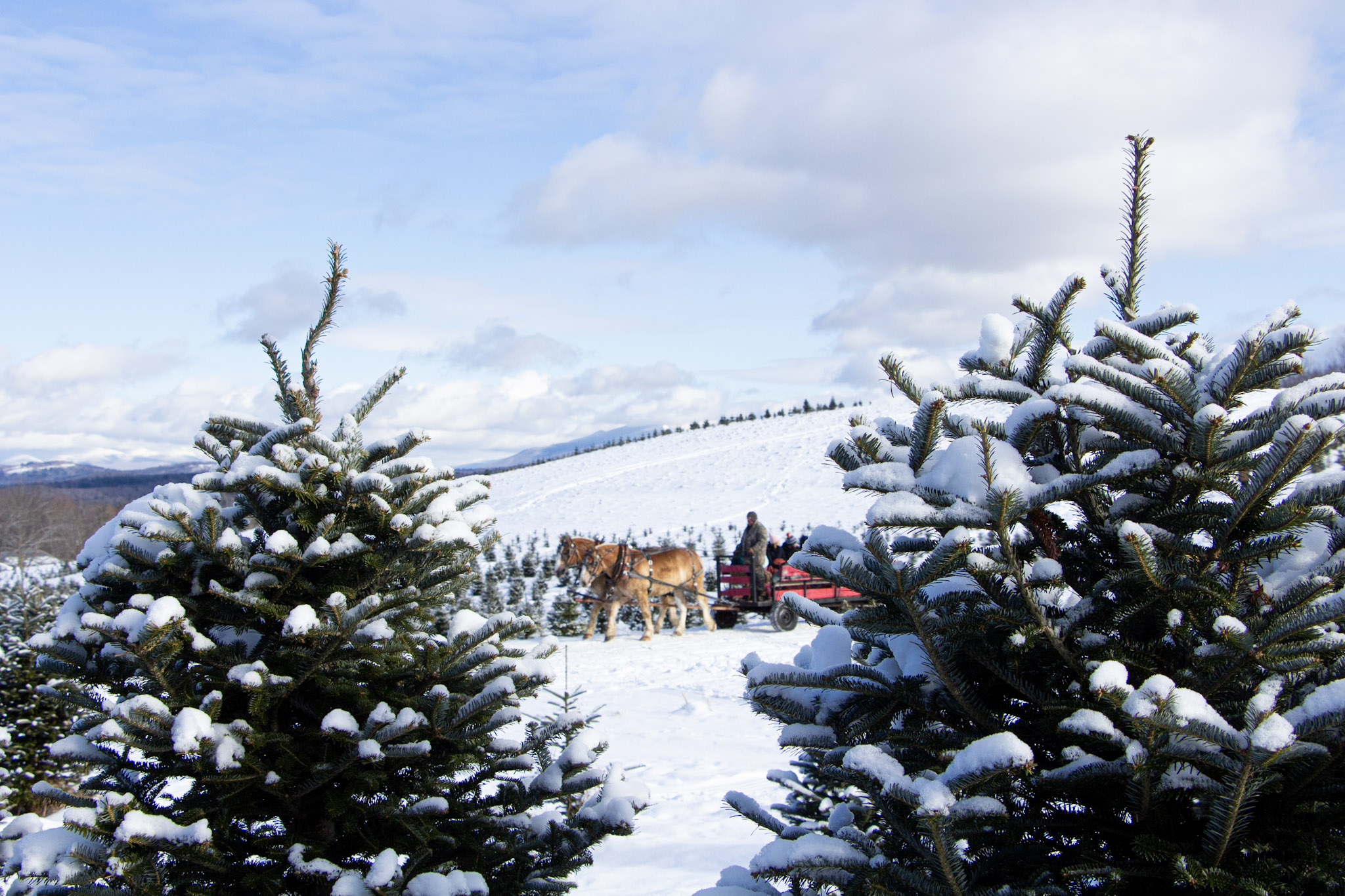Eco-Reserves are an important component of the Forest Society’s stewardship program. The goal of designating reservations or parts of reservations as Eco-Reserves is to give full recognition and attention to the unique features of those areas. In Eco-Reserves the primary goal and management strategy is to sustain biodiversity and ecological processes; other uses are secondary. Eco-Reserves are categorized into two distinct classes, I and II.
Class I Eco-Reserves are managed as strict nature reserves where vegetative management activities are strictly prohibited except in emergency situations (forest fires that threaten nearby habitation, major invasive species infestations, etc.). In these instances, the health and resilience of the ecosystem is presumed adequate enough to warrant no need for restoration management, and the land is left to develop into “Old Growth” on its own.
Class II Eco-Reserves are considered habitat or species management areas where active intervention and vegetation management is allowed only in order to insure the maintenance of habitats, meet the requirements of specific species, and/or maintain or enhance other priority ecological values. In this case, the ecosystem is in need of some form of active restoration or maintenance (e.g. prescribed fire, invasive species mitigation) in order to return to its natural state.
The goals of our Eco-Reserves are as follows:
- To protect, manage, or restore (if necessary) natural features in perpetuity, as defined by the Eco-Reserve criteria below
- To restore and maintain ecological processes in their own natural cycles
- To provide benchmarks for informing how forest management alters species patterns and successional pathways
- To provide benchmarks for monitoring the effects of global environmental change, such as atmospheric deposition (acid rain), global climate change, and invasive species
- To serve as source areas for plants and animals to recolonize disturbed areas
- To provide visitors to Forest Society Reservations with an experience that reflects natural conditions of the New Hampshire landscape
Eco-Reserve Designation Criteria:
- Rare Plants and Animals
- Exemplary aquatic and terrestrial Natural Communities
- Critical Wildlife Habitats
- Uncommon Geologic or Physical Features
- Ecological Linkages
- Deed or Donor Restricted Areas
